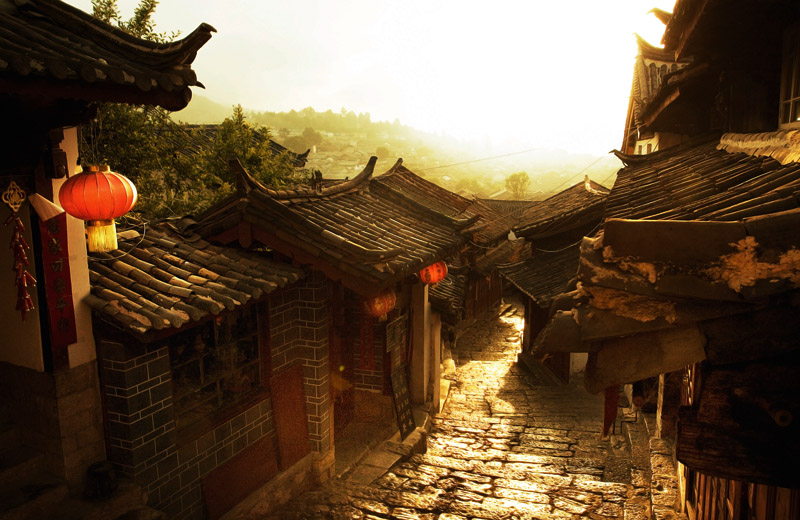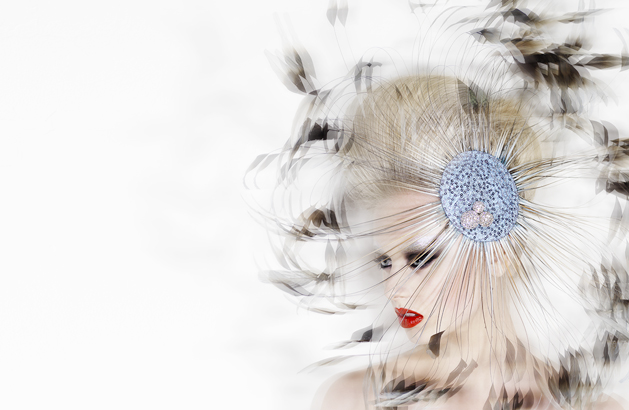In adding text to photographs, the viewer’s emotions and thoughts are instantly altered. In Carrie Mae Weems, From Here I Saw What Happened and And I Cried, if the text was not added to the photographs, I might not have thought about a deeper meaning other than it being an interesting combination with an image and its mirror. With the text, the viewer reads “and I cried” and will most likely be brought to a place of sadness. Not only adding text directly on the photograph, but also titling a photograph can alter one’s reaction or thoughts.
Tag Archives: Rachel Wooldridge
Reading Response: pg. 339-364
I am really into photographers writing on their prints. On one hand I like creating my own interpretation, but on the other I love knowing exactly what I’m looking at and how the photographer wants the viewer to feel. What is amazing to me is that when I turned to page 358, I instantly knew what magazine I was looking at without reading its title. I really like that “LIFE was designed to be experienced visually”. The magazine has a balance with photographic image and text.
Reading Response: pg. 169-204
The concept of reproduction of someones photograph is not something that I think highly of. I don’t understand the reasoning behind using someones work as your own. On page 192, I love the image of the cabbage leaf. The way it was lit looks as if it is a piece of fabric draping over something. Also right next to that image is one of cauliflower with stitching over it. For my portfolio exchange I experimented for the first time with stitching a photograph. I will most likely do more, even though it is time consuming. Even though I have the right to take pictures of anyone without their permission, I still get nervous of confrontations if they disagree with my actions. Knowing your rights as a photographer is extremely important.
Reading Response: pg. 137-162
This reading reminds me of our body shot project in 290. I wish we had more time to experiment as a class instead of having to figure it out for ourselves. I found the lighting effects really fun to accomplish when creating a specific feeling. I liked the section about the different effects that will be given when shooting in various places, such as in direct sunlight, in shadow, in a house, and in overcast weather. The Color of Light was an interesting section to read and photographs to compare. You really do see a change in color as the path of light changes. The section on metering and bracketing was a good review.
Reading Response: pg. 107-131
For one of the projects this quarter I was hoping to experiment with light and shadow, but sadly there was no sun. In my art history class we learned about Malevich’s Black Square, and about the void. This idea is fascinating to me. I liked the comparison of the Black Square to “the curtain that appears at the beginning of a theatrical production”; the idea of infinite possibilities. I am highly intrigued by a child’s reaction to/with the world as they grow up. The section titled Reflection, Shadow, and the Self talks about children and shadows. Young children do not know the reason for shadows and their connection to light cast down. “A mature understanding of the physical world is achieved only when the child develops a geometrical understanding of the relation between a shadow, and object, and a light source.” (pg.127)
Reading Responses: pg. 319-346
I loved reading the section about series. For my summer independent study I will be making a series for my final presentation. For me, I will be creating a series, but would like each photograph to be able to stand on its own. On page 328, I enjoyed looking at the Valie Export, body configurations. The images could easily be busy, but the geometric shapes that the figures are in draw our eye to them instead of the rest of the picture. I love the work that Annette Messager does, especially in My Vows. I find the arrangement of the photographs very compelling. Reading the stop motion section inspires me to try my own stop motion study.
Reading Response: pg. 251-314
Even though I am confident with the developing process, it is always good to reread everything. It is really easy to cheat the system with developing, but in the end if you want the best outcome you should follow the directions as best as you can. Through reading, I learned that there are different developers for different films. It was interesting to read that the book recommends you wash the film at the end for 20-30 mins, and we only do it for 10 mins. The section on photograms was fun to read. I only got to try it once in highschool, and would like to experiment with it more.
I have never heard of contact sheet becoming the final image for a project before. I think it is really fascinating and would love to try and do the same. While going through the Photoshop section, it still makes me want to take a class that really explores Photoshop.
Reading Response: pg.49-67
It was quite interesting reading about how the human eye works and then how it relates to the camera. I had heard about the basics of the human eye before (how the image is flipped in the back of you eye) but I liked learning about how the muscles work and the lens.
I really enjoyed the section about the camera obscuras. All I have done before is make a pinhole camera out of an oatmeal container. This section really made me want to make the camera that you put over your head and use a towel to block the light. It would be fun to move around and watch the other side of the box like a movie. I would also like to try making other types of pin hole cameras at some point.
The plastic lens that Garth created seems really interesting and It would be cool to test it out in different lighting conditions.
In the section about using Photoshop makes me want to talk a Photoshop class to learn about the different tools.


